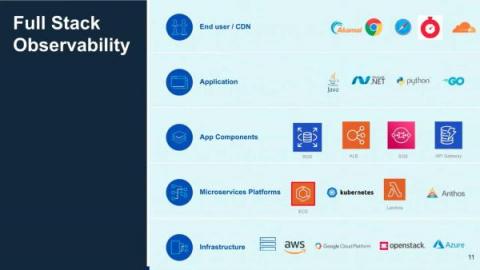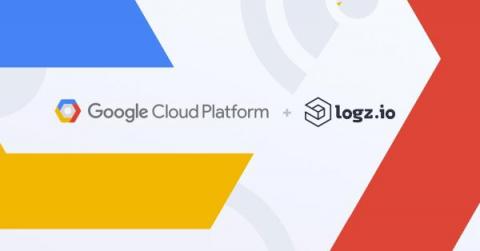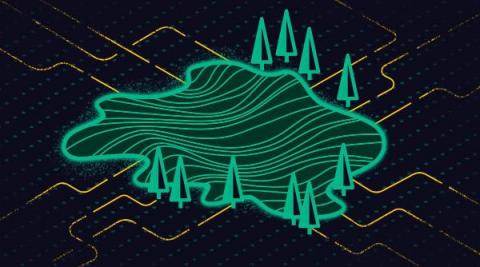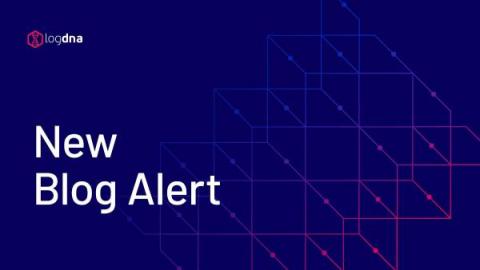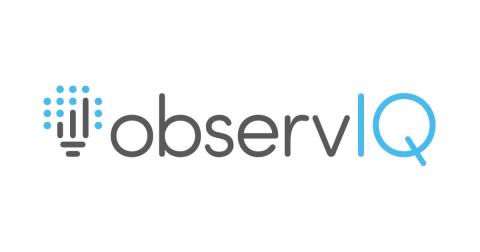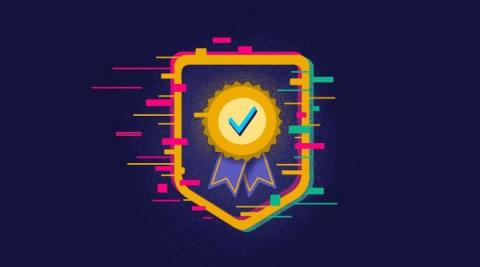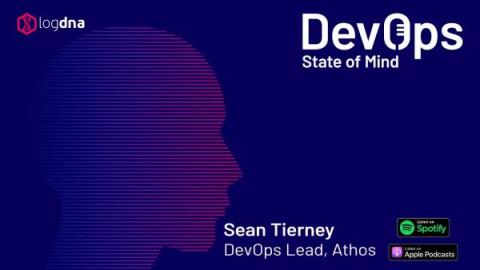Operations | Monitoring | ITSM | DevOps | Cloud
Logging
The latest News and Information on Log Management, Log Analytics and related technologies.
The Stream Life Episode 25: SaaS Security Platforms
In this episode of the Stream Life Podcast, Nick Heudecker and Ed Bailey look at SaaS security platforms and managed security providers and how they’ve grown over time. They look at the benefits the model brings to organizations, how it is growing across the world, the challenges it can also bring, and the questions you should be asking your vendors.
GCP Integrations for Metrics with Logz.io
Logz.io has dedicated itself to encouraging and supporting cloud-native development. That has meant doubling down on support for AWS and Azure, but also increasing our tie-ins with Google Cloud Platform – GCP. Recently, our team added dozens of new integrations for metrics covering the gamut of products in the GCP ecosystem.
Creating a Free Data Lake with Coralogix
Like many cool tools out there, this project started from a request made by a customer of ours. Having recently migrated to our service, this customer had ~30TB of historical logging data. This is a considerable amount of operational data to leave behind when moving from one SaaS platform to another. Unfortunately, most observability solutions are built around the working assumption that data flows are future-facing.
5 Things Developers Need to Know About Kubernetes Management
Kubernetes management can be daunting for developers who don’t have specialized understanding of the orchestration technology. Learning Kubernetes takes practice and time, a precious commodity for devs who are under pressure to deliver new applications. This post provides direction on what you need to know and what you can skip to take advantage of Kubernetes. Let’s start with five things you need to know.
The Illusive World of Monitoring for Legacy Systems
In the tech industry, we obsess over the latest and greatest. When it comes to observability, we’re always looking at the most advanced hardware, the enthusiasts’ favorite systems, and the tech venture capital trends to get an idea of what to build for next. observIQ is no exception.
We're Thrilled To Share - Coralogix has Received AWS DevOps Competency
At Coralogix, we believe in giving companies the best of the best – that’s what we strive for with everything we do. With that, we are happy to share that Coralogix has received AWS DevOps Competency! Coralogix started working with AWS in 2017, and our partnership has grown immensely in the years since. So, what is our new AWS DevOps Competency status, and what does it mean for you?
LogStream Cloud How To: Sending Data to LogStream from Various Agents
Cribl released LogStream Cloud to the world in the Spring of 2021, making it easier than ever to stand up a functional o11y pipeline. The service is free for up to 1TB per day and can be upgraded to unlock all the features and support with paid plans starting at $0.17 per GB so you pay for only exactly what you use. In this blog post, we’ll go over how to quickly get data flowing into LogStream Cloud from a few common log sources.
Splunking Your *.conf Files: How to Audit Configuration Changes Like a Boss
For years customers have leveraged the power of Splunk configuration files to customize their environments with flexibility and precision. And for years, we’ve enabled admins to customize things like system settings, deployment configurations, knowledge objects and saved searches to their hearts’ content. Unfortunately a side effect of this was that multiple team members could change underlying.conf files and forget that those changes ever occurred.
DevOps State of Mind Podcast Episode 2: Giving People the Power to Participate
Sean Tierney is the DevOps lead at Athos, a company that's building better athletes through smart clothing and AI. Sean reinforces a DevOps state of mind across the organization by building empathy between hardware and software teams and putting the systems in place to allow them to move faster as a single unit.


